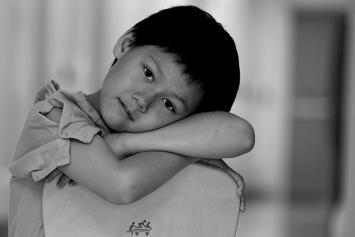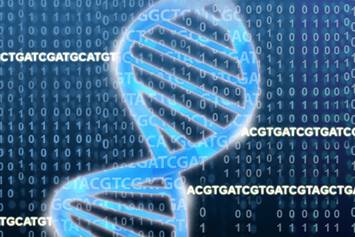Facioscapulohumeral Muscular Dystrophy
Facioscapulohumeral muscular dystrophy, also known as Landouzy-Dejerine, causes severe weakness in muscles of the face, shoulders and back.
What Is Facioscapulohumeral Muscular Dystrophy?
Facioscapulohumeral muscular dystrophy is also known as Landouzy-Dejerine. Affecting both males and females, symptoms usually begin in adolescence to early adulthood and usually worsen slowly. The severity of symptoms vary greatly, from very mild to completely disabling.
What Are the Symptoms of Facioscapulohumeral Muscular Dystrophy?
Early in the disease, it causes severe weakness in muscles of the face, shoulders, and back. The mouth appears rounded and puckered, as the lips stick out. It is difficult for patients to close their eyes completely or whistle. Some have difficulty chewing, swallowing, or speaking. As the shoulder and back muscles weaken, they shrink and the shoulder blade sticks out excessively (scapular winging). Patients become unable to raise their hands above their head. Unlike other muscular dystrophies, weakness is commonly worse on one side of the body than the other (asymmetric).
What to Expect If Your Has Facioscapulohumeral Muscular Dystrophy?
Eventually, hip and leg muscles become weak and shrink. As this occurs, patients become unable to stand up from squatting position without pushing through their arms (Gower’s sign), and start to walk with a waddle (Trendelenburg gait). About half of all patients are able to walk throughout their entire lives. Life expectancy is normal.



